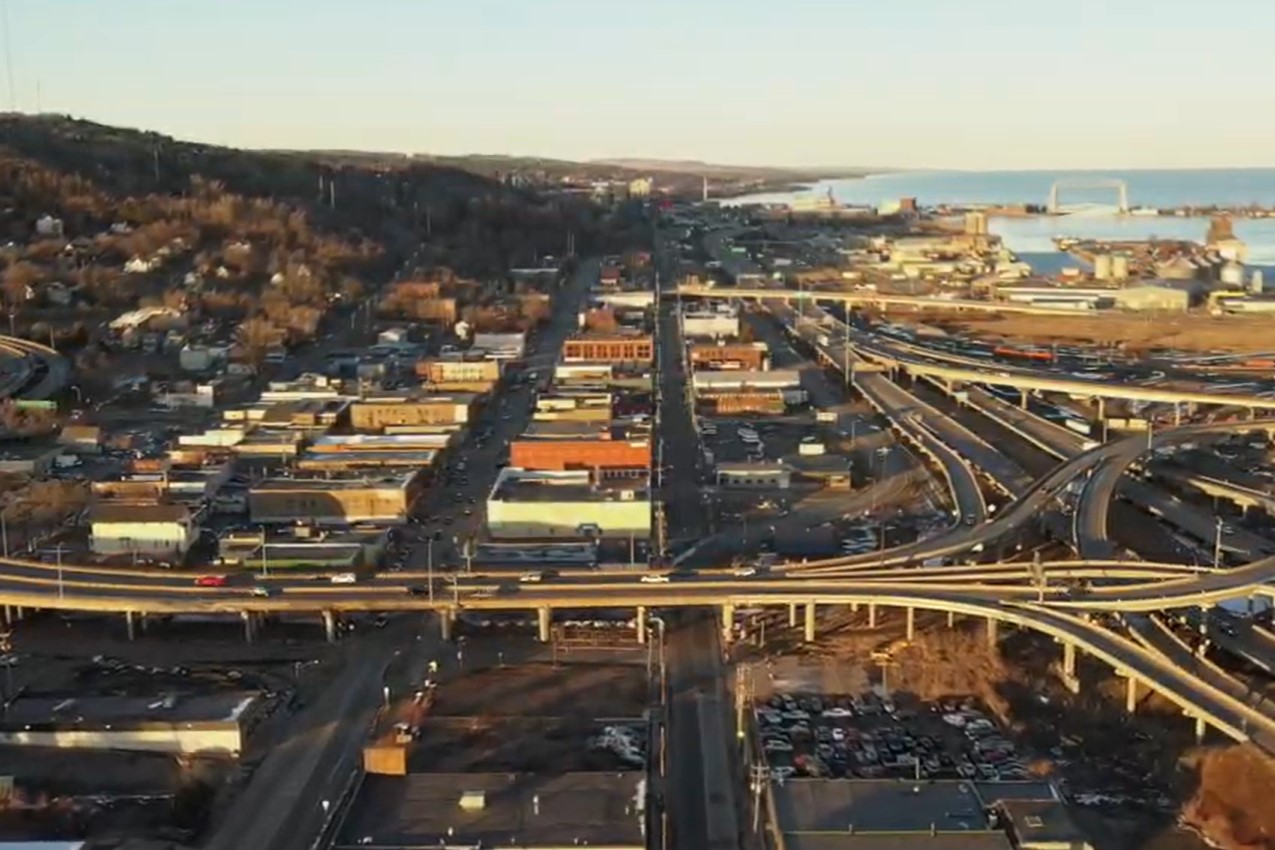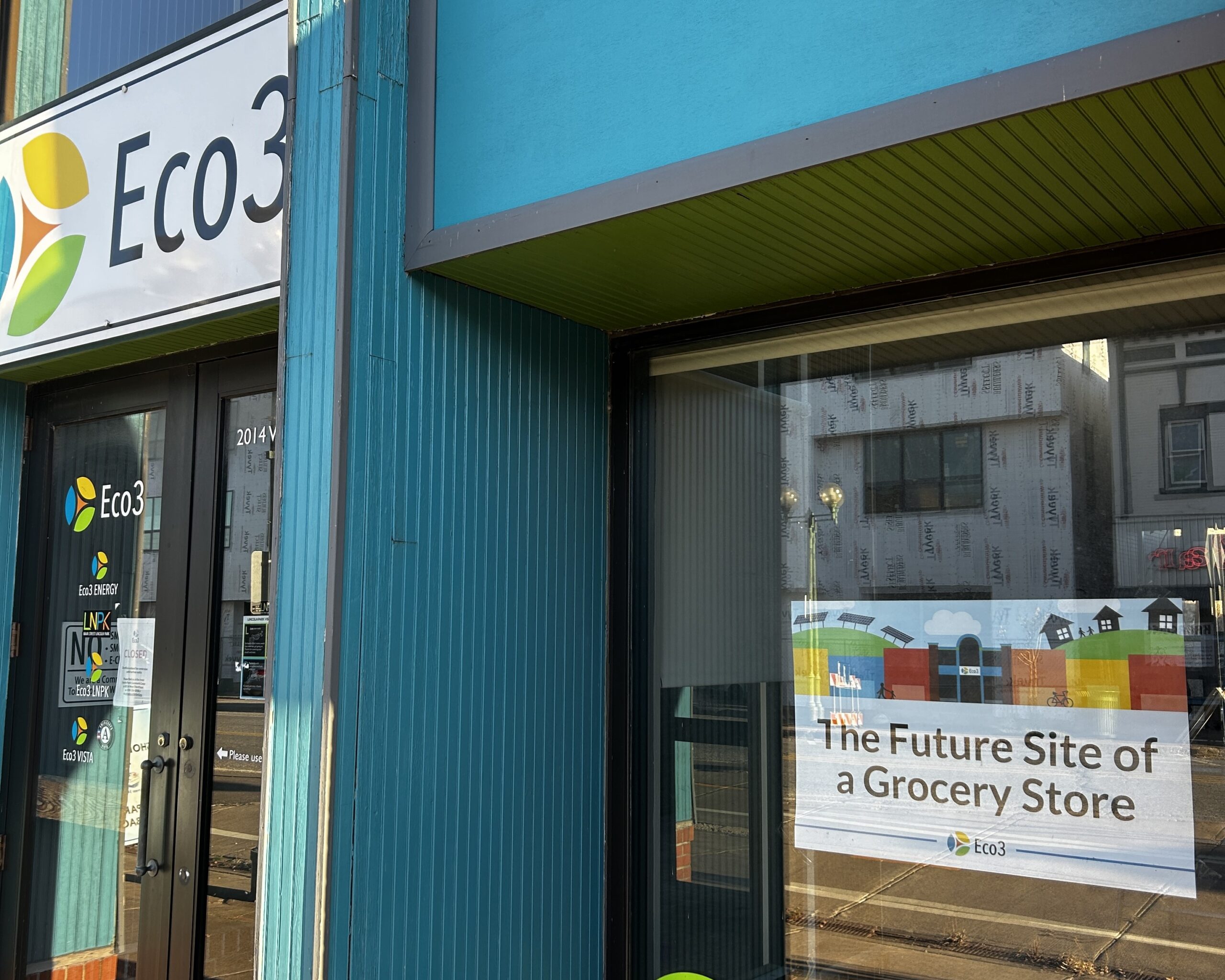
Lincoln Park once held a plethora of neighborhood corner stores that gave residents the option to walk across the street or around the block in search of a quick snack or a missing ingredient for dinner. With eight small grocery stores within a three-block radius, this type of easy access to fresh, healthy, and affordable food used to be the norm for Lincoln Park residents.
Lincoln Park community member and local blogger Jim Heffernan remembers: “Our neighborhood was not unique. Throughout the city, every residential neighborhood had its grocery stores that served nearby residents who, as a rule, simply walked down the street to pick up whatever they needed (1).”
In 1973, Duluth had a strong representation of stores that carried groceries and meats, with 69 listings across the community in the Duluth City Directory. Yet, by 2013, the number had dwindled to a mere nine listings, according to an article in the Duluth News Tribune (2).
A study done by the University of Minnesota Duluth on food access in Lincoln Park and the West end of Duluth suggests there is a correlation between the decrease of neighborhood grocery stores and the increase of larger grocery stores in towns and cities (3). Policy change and the rise of large chain grocery stores in the 1980s also contributed to the decrease of small, independent neighborhood stores across the country (4).
The disappearance of grocery stores has not gone unnoticed in Lincoln Park, and in public meetings, door-to-door conversations, and surveys, residents have consistently asked for a grocery store to open in their neighborhood. Residents have repeatedly advocated for a store with affordable pricing, fresh fruits and vegetables, and in close walking distance from their homes.
Currently, shopping options for fresh produce in the neighborhood consist of convenience stores and gas stations, often at higher prices and with less assortment of choices than larger chain stores found miles outside of the Lincoln Park district. What was once a quick walk across the street for a snack or dinner ingredient is now at least a half day grocery shopping trip for many.
Health disparities in the neighborhood add to the difficulties of traveling to buy healthy and affordable food, as 27% of those ages 18-64 living in Lincoln Park have a disability. Over 40% of households in Lincoln Park are without access to vehicles, making it difficult to travel extra miles for groceries (5).
Motivated by the needs of residents, Ecolibrium3 is opening the LNPK Grocery to make produce and household items available within walking distance in the neighborhood and the DTA Blue Bus Line on West Superior Street. Although Lincoln Park currently has a wide variety of restaurants and other businesses with delicious food options, the future grocery store is meant to supply the daily grocery needs of community members.
LNPK Grocery’s mission will be to provide healthy, fresh, and affordable food and products for community members, as well as create opportunities to learn about optimal nutrition choices through educational classes. This neighborhood-centric grocery store will also be SNAP/WIC eligible, expanding access to food for all Lincoln Park residents. LNPK Grocery will provide a reliable and consistent source of fresh, healthy, and affordable food for the public, playing a vital role in creating a healthier community.
